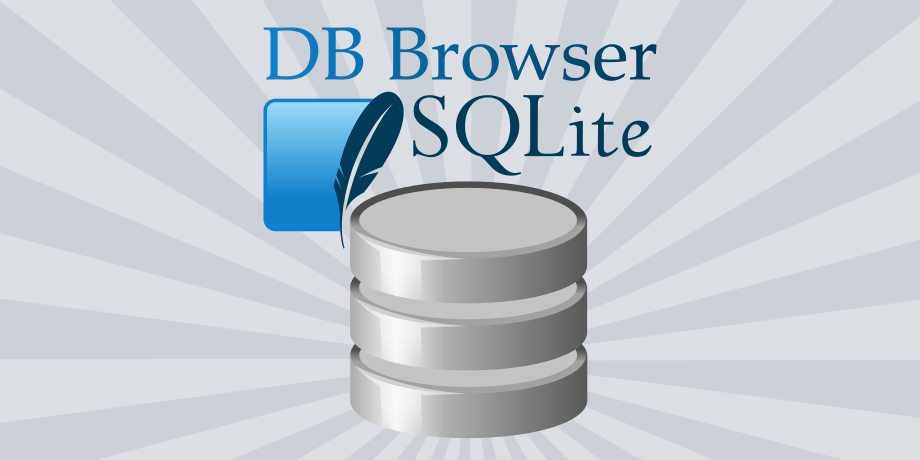
Sqlite> SELECT * FROM employee # Selecting record from table tables command to list tables in the database. Sqlite> CREATE TABLE employee( Name String, age Int) Now let’s create a sample table by executing the following queries. databases # To see which database session is connected $ sqlite3 /home/tecmint/test # creating test db in /home/tecmint databases command to see which file is attached to the database. Once you are connected to the session you can run the. Here I don’t have any database so I will create a new DB by mentioning the DB name as an argument. If we are not passing the database name as an argument then a temporary in-memory database is created which will be deleted once the session is terminated. If the database is available it will open the database if not it creates a new database. You can create a database when launching the sqlite session by mentioning the database name as an argument.

The database is simply stored as a file in your local file system. You can see from the above image SQLite3 is successfully installed and running with version 3.33.0. You can validate the installation by starting the sqlite session by running the following command.
#SQLITE BROWSER MAC OS X INSTALL#
To install the package run the following command. Now check if there are any SQLite packages available in the apt repository by running the following command.
#SQLITE BROWSER MAC OS X UPDATE#
First, update apt-cache by running the following command. Setting up SQLite is simple compared to other popular databases like MySql, Postgresql, etc. Every smartphone in the world has hundreds of SQLite database files and there are over one trillion databases in active use. There are lot more areas where SQLite is used.

#SQLITE BROWSER MAC OS X HOW TO#
The SQLite distribution comes with a standalone command-line access program (sqlite) that can be used to administer an SQLite database and which serves as an example of how to use the SQLite library.SQLite is a lightweight, small and self-contained RDBMS in a C library. SQLite is faster than popular client/server database engines for most common operations. Supports databases up to 2 tebibytes in size, strings and BLOBs up to 2 gibibytes in size. Database files can be freely shared between machines with different byte orders. A complete database is stored in a single disk file. Zero-configuration - no setup or administration needed. SQLite features : atomic transactions, consistent, isolated, and durable even after system crashes and power failures. So, yes, SQLite is small, fast, and reliable, but first and foremost, SQLite strives to be simple. With less complication, there is less to go wrong. Reliability is a consequence of simplicity. Users also find that SQLite is very reliable.

But those qualities are just happy accidents. Many people like SQLite because it is small and fast. SQLite is a small C library that implements a self-contained, embeddable, zero-configuration SQL database engine.


 0 kommentar(er)
0 kommentar(er)
